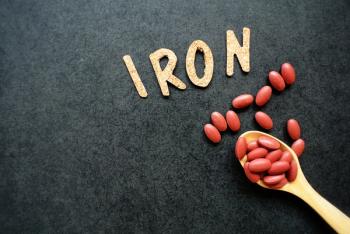
Does Endometrial Injury Improve ART Outcomes?
The answer to that question seems to be yes, and the impact may be influenced by the timing of the biopsy or curettage, according to the results of a Cochrane Collaboration review.
The answer to that question seems to be yes, and the impact may be influenced by the timing of the biopsy or curettage, according to the results of a Cochrane Collaboration review. The researchers analyzed 5 randomized controlled trials (RCT) comparing intentional endometrial injury before embryo transfer in women undergoing assisted reproduction with no intervention or with a simulated procedure that could not cause endometrial injury.
In 4 of the trials, endometrial injury was performed within 1 month before the start of ovulation induction, whereas in the fifth trial, it was performed on the day of oocyte retrieval. Analysis of these 2 subgroups showed a significant increase in odds of live birth and clinical pregnancy for injury in the previous cycle (2 trials, Peto OR 2.45; 95% CI 1.28 to 4.72; I2 = 0% and 4 trials, Peto OR 2.51; 95% CI 1.71 to 3.97; 12 = 0, respectively). In contrast, injury on the day of oocyte retrieval was associated with a significant reduction in odds of clinical pregnancy (1 trial, Peto OR 0.30; 95% CI 0.14 to 0.63) and of ongoing pregnancy (1 trial, Peto OR 0.28; 95% CI 0.13 to 0.61). No meaningful conclusions could be drawn about odds of miscarriage per clinical pregnancy or multiple pregnancy per clinical pregnancy.
In women undergoing assisted reproduction, the Cochrane researchers concluded, endometrial injury should done before the embryo transfer cycle because it increases clinical pregnancy and live birth rates. Evidence is insufficient, however, to determine the effect of the procedure on rates of multiple pregnancy or miscarriage.
Commentary: This Cochrane review demonstrated a benefit (increased clinical pregnancy and live birth rates) from endometrial injury in women undergoing ART. The timing of this low-grade endometrial injury is important, with a deleterious effect noted if injury is performed within 3 days of the embryo transfer. While these are compelling findings, they must be regarded with caution in light of a conservative number of observed events, as only 50 live births were reported.
–Laurie McKenzie, MD
Newsletter
Get the latest clinical updates, case studies, and expert commentary in obstetric and gynecologic care. Sign up now to stay informed.










